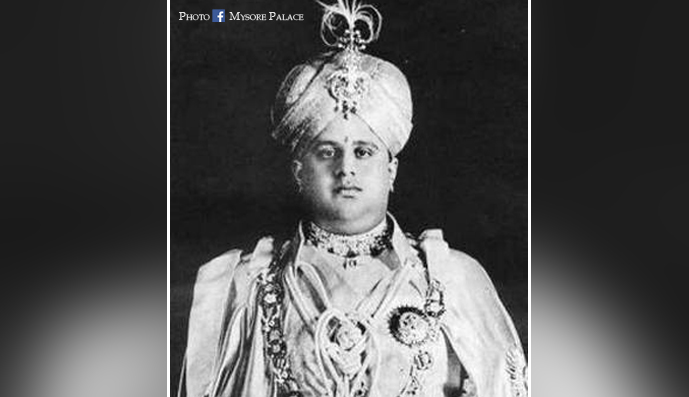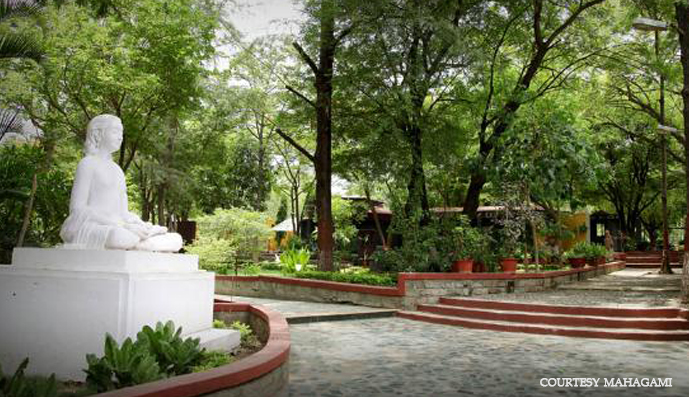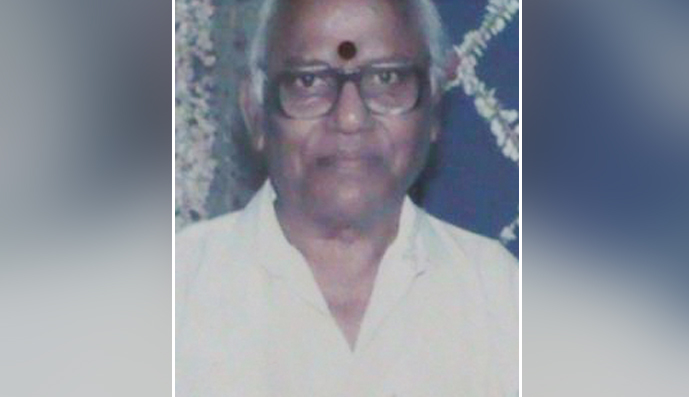Jayachamarajendra Wodeyar Bahadur assiduously worked towards the state’s effective governance, development and continued his mission to preserve, protect and propagate literature and music throughout his lifetime. Like a true king he had a vision for the well-being of all his subjects, marked by a spirit of governance and larger good of the society, and a passion for the arts and culture. His contribution to the field of music was immense. Life sketch Jayachamarajendra Wodeyar was born on 18 July 1919 in the asterism of Uttarabhadra. The Mysore army which fought along with the allied forces of England during World War I (1914-1919) earned laurels, and in commemoration, he was named Jayachamarajendra Wodeyar with the prefix “Jaya” added to his grandfather’s name. His mother Kempu Cheluvajammanni was a pianist by passion and also learnt the veena from Veena Venkatagiriappa. Wodeyar’s sister Vijayarajammanni was a renowned pianist. She served as president of a cultural organisation called Indian Fine Arts.
Tanjavur Ramadas was born in a musical family and it was but natural for him to play the mridangam from a very young age. Initiated into mridangam-playing by father Ramamurthi Iyer, he was fortunate to come under the tutelage of the doyen Palghat Mani Iyer. Ramadas has played the mridangam for leading musicians of two generations, including Semmangudi Srinivasa Iyer, D.K. Pattammal, D.K. Jayaraman and Sanjay Subrahmanyan. An ‘A Top Grade’ artist of All India Radio, Ramadas has travelled and performed in India and abroad. The asthana vidwan of Sri Kanchi Kamakoti Peetham, he is the recipient of several awards and titles like Nada Laya Siromani, Laya Kalanidhi, Nadhakanal and Sangeeta Seva Nirata. He was the first recipient of the Palani Subramania Pillai Award and Sangita Kala Acharya title for 2018 from the Music Academy, Madras.
As you pass through the crowded city of Aurangabad in Maharashtra, a buzzing tourist hub, you enter a huge campus that houses many academic institutions. Tucked within the secure gates is Mahagami, acronym for Mahatma Gandhi Mission Sangeet Academy. In sheer contrast to the outside hustle and bustle, Mahagami Gurukul is an oasis of verdant cool and veritable calm. Mahagami means “sojourner of great pilgrims”. This is the guiding philosophy in the campus. The infrastructure is manifold and neatly planned. The campus has Sadhanalaya, cosy cottages and spaces for learning the art forms, rooms with large mirrors for practice sessions, audio and video recording facilities, instruments, a naturopathy centre, a textile weaving and painting centre, a library with over 1000 books and audio-video recordings of renowned artists.
Method acting Two famous Hollywood actors of yesteryear Marlon Brando (1924-2004) and Dustin Hoffman (b. 1937) were known for their method acting, a technique evolved by Stanislavsky (1863-38), a Russian theatre director and actor. This became popular in the US in the 1930s and was propagated by Actors Studio, New York, by Elia Kazan (1909-2003) and Lee Strasberg (1901-82). In this system, the actor tries to achieve total emotional identification with the character being portrayed. Stage effects Years ago, during Kalanidhi Narayanan’s seminar, Pasumarthy Krishnamurthy from Kuchipudi (who lit up the Telugu and Tamil screens with his silvered choreography for decades) sang and did abhinaya for ten minutes, only to the dhruvam or refrain of the ashtapadi, Dheera sameere. He brought to life the slow and steady breeze, its rippling effect on the river Yamuna, the sheer upper cloth of Radha moving this way and that, and her response.
CONTENTS
6 Sruti Box
8 News & Notes
14 Birthday calendar
16 Jayachamarajendra Wodeyar
30 Saval javab v Tanjavur R. Ramadas
34 Perspectives v Mangalam: the song auspicious
36 Institution v Mahagami
40 Opinion v A random round-up
44 News & Notes (continued)
50 From the Editor
Front Cover: Jayachamarajendra Wodeyar
(photo courtesy: S.N. Shastry)






